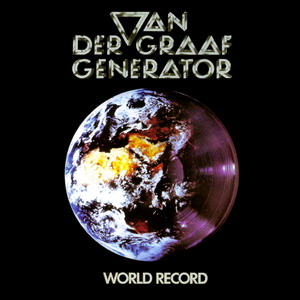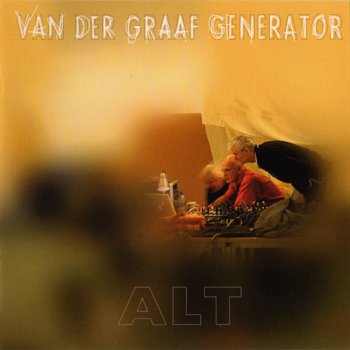Dave Brubeck - Milestones of a Jazz Legend (2018) 10CD

Dave Brubeck - Milestones of a Jazz Legend (2018) 10CD
Artist: Dave Brubeck Title Of Album: Milestones of a Jazz Legend Year Of Release: 2018 Label (Catalog#) :The Intense Media600484 Country:: USA Genre: Cool Jazz Quality: FLAC (tracks+cue,log) Bitrate: Lossless Time: --------- Full Size: 3.15Gb(+3%)(covers,png) Info: wiki Upload: xfile.cloud
04 10, 2025
Overkill - The Atlantic Years - 1986 - 1994 (2021)
Band: Overkill Country: United States Album: The Atlantic Years - 1986 - 1994 (Box-set) Genre: Thrash Metal, Heavy, Groove Publisher: Atlantic, BMG (538677070) Quality: FLAC (image. cue. log. full scans) Size: 2.24 Gb Sharing: X-files

Overkill - The Atlantic Years - 1986 - 1994 (2021)
Band: Overkill Country: United States Album: The Atlantic Years - 1986 - 1994 (Box-set) Genre: Thrash Metal, Heavy, Groove Publisher: Atlantic, BMG (538677070) Quality: FLAC (image. cue. log. full scans) Size: 2.24 Gb Sharing: X-files
04 10, 2025
Nils Lofgren: Albums Collection - 7 Albums Mini LP SHM-CD + 9CD/DVD Deluxe Edition Box Set 2014
Lossless Galaxy Release Nils Lofgren: Albums Collection 7 Albums Mini LP SHM-CD + 9CD/DVD Deluxe Edition Box Set Performer: Nils Lofgren Box / Albums: 2014 Face The Music (9CD + DVD Deluxe Edition Box Set Fantasy Records) ------------------------------------------- 1973 Gone Crazy ● 1975 Nils Lofgren ● 1975 Back It Up!! 1976 Cry Tough ● 1977 I Came To Dance 1977 Night After Night 2CD ● 1979 Nils (Mini LP SHM-CD Universal Music Japan 2014) Info: A"> Каждый альбом можно скачать отдельно
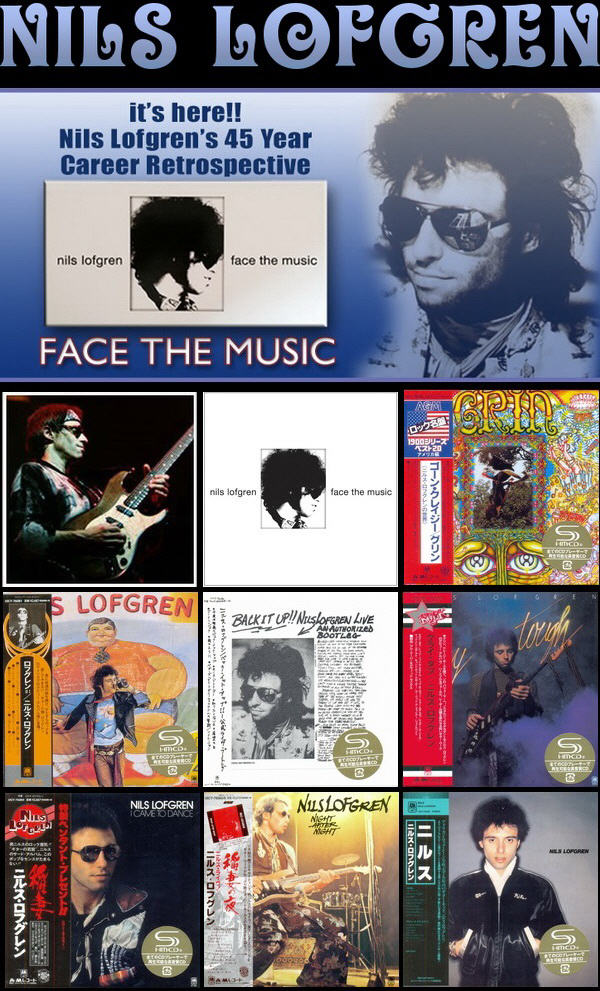
Nils Lofgren: Albums Collection - 7 Albums Mini LP SHM-CD + 9CD/DVD Deluxe Edition Box Set 2014
Lossless Galaxy Release Nils Lofgren: Albums Collection 7 Albums Mini LP SHM-CD + 9CD/DVD Deluxe Edition Box Set Performer: Nils Lofgren Box / Albums: 2014 Face The Music (9CD + DVD Deluxe Edition Box Set Fantasy Records) ------------------------------------------- 1973 Gone Crazy ● 1975 Nils Lofgren ● 1975 Back It Up!! 1976 Cry Tough ● 1977 I Came To Dance 1977 Night After Night 2CD ● 1979 Nils (Mini LP SHM-CD Universal Music Japan 2014) Info: A"> Каждый альбом можно скачать отдельно
04 10, 2025
Жанры
Lossless Galaxy Release
Русская музыка
--Поп
--Рок
--Панк
--Альтернатива
--Металл
--Рэп, Хип-Хоп, R'n'B
--Джаз и Блюз
--Фолк
--Шансон, Авторская песня
--СССР
Зарубежная музыка
--Pop
--Rock
--Hard Rock
--Progressive & Art-Rock
--Pop-Rock & Soft Rock
--Instrumental Rock
--Heavy, Traditional, Industrial Metal
--Power, Gothic, Sympho Metal
--Thrash, Speed, Groove, Modern Metal
--Death, Melodic Death, Doom, Dark Metal
--Black, Pagan, Folk, Viking Metal
--Alternative
--Punk
--Disco, Eurodance
--Rap, Hip Hop, R'n'B
--Reggae, Ska, Dub
--Jazz, Blues, Soul
--Folk, Country, Ethnic
--Electronic, Ambient, New Wave
--House, Techno, Trance
Другие жанры
--New Age, Relax, Meditative & Flamenco
--Chillout, Lounge, Downtempo, Trip-Hop
--Drum & Bass, Jungle, Breakbeat, IDM
--Classical / Классическая музыка
--Soundtrack
--Музыкальные сказки
Vinyl Rip
HI-Res / DVD-Audio / DTS
--SACD
--DSD
--DVD-Audio
Сборники Lossless-Galaxy
Альбомы 2022
Альбомы 2023
Альбомы 2024
Теги
1st Press 2022 2023 2024 2025 70... AOR Black Metal Blues Blues Rock Bootleg Series Classic Rock Death Metal Discography Exclusive for Lossless-Galaxy Folk Rock Fusion Hard Rock Heavy Metal Hi-Res Japanese Edition Jazz Jazz Rock lossless Melodic Death Metal Melodic Rock Modern Electric Blues Pop Pop Rock Power Metal Prog Rock Progressive Metal Progressive Rock Psych Rock Psychedelic Rock Rock SACD Symphonic Metal Thrash Metal Дискографии от KoGGaN
Архивы
Опрос
В каком формате хотели бы видеть релизы на сайте ?
 Автор: LeddZepp, 2 сентября 2022, Комментариев: 0, Просмотров: 516
Автор: LeddZepp, 2 сентября 2022, Комментариев: 0, Просмотров: 516Van Der Graaf Generator - Still Life (1976)
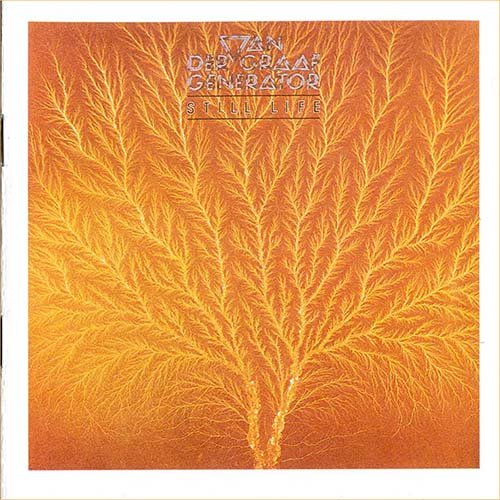
Year: 15 April 1976 (CD 1987)
Label: Charisma Records (UK), CASCD 1116
Style: Progressive Rock, Experimental Rock, Art Rock
Country: Manchester, England
Time: 44:56
Format: Flac Tracks 16/44,1 kHz
Size: 259 Mb
В начале 70-х "Van Der Graaf Generator" входили в пятерку сильнейших британских прог-групп. Эта команда была создана в 1967 году тремя студентами Манчестерского университета: Питером Хэммиллом (гитара, вокал), Ником Пирном (орган) и Крисом Джаджем Смитом (ударные, духовые). По предложению последнего из них коллектив взял себе название, обозначавшее машинку по производству статического электричества. Первые записи "VDGG" попали к представителям "Mercury Records", и фирма предложила музыкантам контракт, который почему-то подписал один Хэммилл. В 1968-м Пирна сменил Хью Бэнтон, а менеджером команды стал Тони Страттон-Смит. С помощью Тони в коллективе появился бас-гитарист Кит Ян Эллис, а спустя некоторое время за ударные уселся Гай Эванс.
Данный состав нарезал несколько демок для "Mercury", выпустил сингл "The People You Were Going To" и... распался. Поводом для роспуска группы послужили кража всего оборудования и непонятки с сольным контрактом Хэммилла. Тем не менее, когда Питер начал работать над первым альбомом, к нему вновь присоединились Бэнтон, Эванс и Эллис, и как-то так получилось, что "Mercury" выпустила пластинку под маркой "Van Der Graaf Generator".
В 1969 году Страттон-Смит организовал собственную фирму грамзаписи "Charisma Records" и первым делом пристроил на нее своих подопечных из "VDGG". Перед записью "The Least We Can Do Is Wave To Each Other" Эллиса, ушедшего в "Juicy Lucy", сменил Ник Поттер, а кроме того, в составе появился саксофонист Дэвид Джексон. Кадровые изменения повлияли и на музыку, и психоделические элементы уступили место мрачноватым джазово-классическим текстурам. "The Least We Can Do Is Wave To Each Other" был принят достаточно тепло, и группа приступила к работе над следующим (не менее успешным) альбомом. В самый разгар сессий "H To He Who Am The Only One" сбежал Поттер, однако это практически не отразилось на качестве пластинки. Басовые партии удачно сымитировал на своем органе Бэнтон, а дополнительные штрихи наложил гость из "King Crimson" Роберт Фрипп.
Состав группы, существовавший на тот момент, получил статус классического, что подтвердилось выпуском замечательного альбома "Pawn Hearts". Эта работа, на которой вновь появился Фрипп, рассматривается большинством поклонников "VDGG" лучшей в дискографии коллектива. Тем не менее вскоре команда была распущена, а Хэммилл начал сольную карьеру. Расставание прошло в дружественной обстановке, поэтому впоследствии коллеги Питера время от времени участвовали в записи его альбомов.
В 1975 году классический квартет воссоединился и в течение 12 месяцев записал три новых диска. В отличие от первых альбомов, над которыми трудился Джон Энтони, эти работы вандерграафовцы продюсировали сами.
После выхода "World Record" Бэнтон и Джексон подали в отставку, зато вернулся Поттер, а вместо Дэвида появился скрипач Грэхем Смит (экс"String Driven Thing"). Название группы сократилось до "Van Der Graaf", а вместе с этим сократилась и продолжительность композиций, ставших более доступными. После выхода "The Quiet Zone/The Pleasure Dome" с участием виолончелиста Чарльза Дики был записан концертник "Vital".
Когда пластинка увидела свет, группа уже вновь была распущена. Время от времени бывшие коллеги продолжали встречаться на сессиях и изредка давали совместные концерты.
Настоящий же реюнион состоялся в 2004 году, когда классический состав приступил к работе над новым студийным альбомом. Весной 2005-го вышел двойник "Present", и в его поддержку коллектив отыграл серию европейских концертов. На следующий год ряды "Van Der Graaf Generator" покинул Джексон, а в 2007-м на лейбле Хэммилла "Fie! Records" был выпущен концертник "Real Time" с записью выступления в "Royal Festival Hall".
(rockfaces.ru/v/vandergraaf.htm) Last update 31.03.07
01. Pilgrims (07:12)
02. Still Life (07:24)
03. La Rossa (09:52)
04. My Room (Waiting For Wonderland) (08:02)
05. Childlike Faith In Childhood's End (12:24)



При желании можно посмотреть все мои публикации на сайте. Приятного прослушивания. Жмём и смотрим (Click to see all of my posts)!
Внимание! У Вас нет прав для просмотра скрытого текста.
Похожие новости:
Комментарии отсутствуют
Добавить комментарий!
Информация
Посетители, находящиеся в группе Гости, не могут оставлять комментарии к данной публикации.

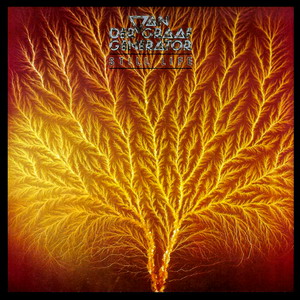
![Van Der Graaf Generator - Present [Japanese Edition, 1st press] (2005)](/uploads/posts/2016-11/1478510448_vander.jpg)
